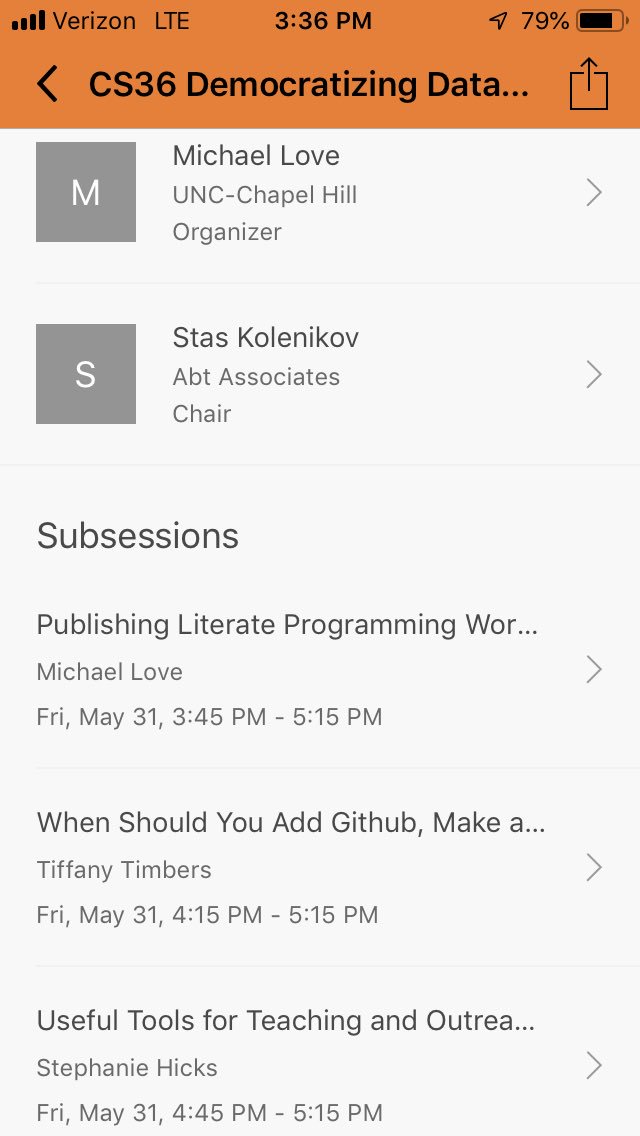
Survey statistician. Views are not my employer's (@NORCnews). Looking forward to opportunities to collect data for you. He/him.
@statstas@mastodon.online
How to get URL link on X (Twitter) App





 … geographic data @dcvanriper …
… geographic data @dcvanriper … 


 @CDCgov Yulei He @cdcgov #JSM2021 RANDS 1 (fall 2015) + 2 (spring 2016): Build models on RANDS1 and compare predictions for RANDS2
@CDCgov Yulei He @cdcgov #JSM2021 RANDS 1 (fall 2015) + 2 (spring 2016): Build models on RANDS1 and compare predictions for RANDS2https://twitter.com/kareem_carr/status/1364963288610652161I'll expand on this a little bit.

 @TiffanyTimbers @mikelove @stephaniehicks #SDSS2019 See materials at
@TiffanyTimbers @mikelove @stephaniehicks #SDSS2019 See materials at https://twitter.com/TiffanyTimbers/status/1134582303009562624